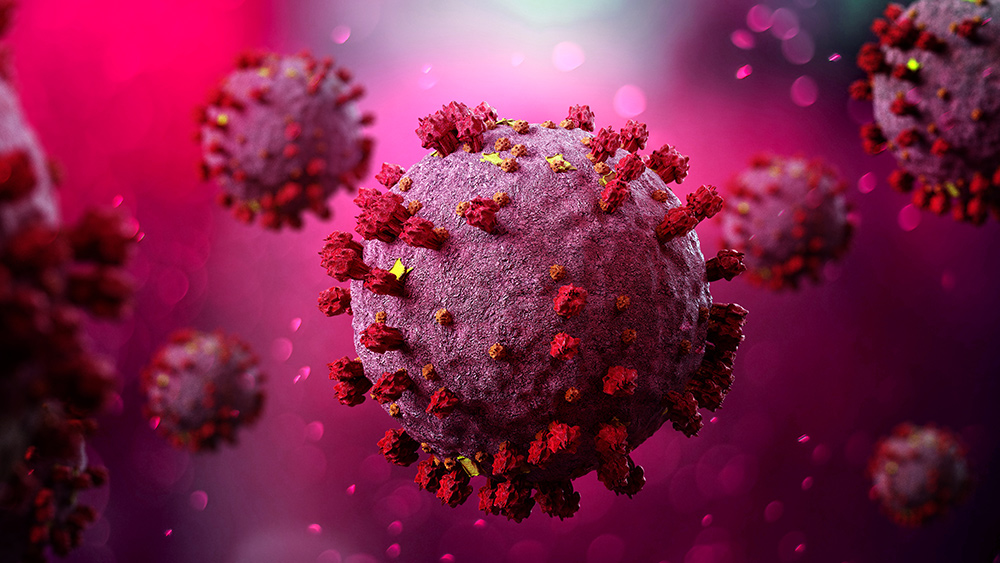Forever chemicals found to be significantly more toxic than previously thought
11/22/2021 / By Mary Villareal

A new study from the Environmental Protection Agency (EPA) found that forever chemicals are even more toxic than scientists initially believed.
The agency said that it was asking the Scientific Advisory Board to review scientific documents about the health impact of per- and polyfluoroalkyl Substances (PFAS) such as perfluorooctanoic acid (PFOA) and perfluorooctane sulfonic acid (PFOS).
The agency noted that recent scientific data and new analyses show the negative health effects of much lower levels of exposure to PFOA and PFOS than previously understood. It also revealed that PFOA is likely a carcinogen.
The Environmental Working Group (EWG) stated that treating PFAS as a class and ending non-essential uses of these chemicals could help avoid “regrettable substitution” that could be just as hazardous. In October, the EPA published a toxicity assessment for the PFAS chemical GenX, with a reference dose that is 25 times lower than stated in an earlier version of the review. Reference doses refer to the number of chemicals a person can ingest over a lifetime without suffering adverse health effects.
PFAS are chemicals that have been widely used in consumer products and by the industry since the 1940s. These chemicals take a long time to break down and are known to accumulate in human bodies, animals and the environment. They are usually used in fire extinguisher foams, food packaging and as stain and water repellents.
The most well-known and well-studied PFAS are PFOA and PFOS. PFOA was made by Dupont to make Teflon, while PFOS was used by 3M. The EPA pushed for these PFAS to be phased out in 2015, but they still persist in the environment, along with other chemicals.

According to the EPA, more than 200 million people in the U.S. are exposed to PFAS in their drinking water. The Centers for Disease Control and Prevention also found PFAS in the blood of almost everyone it has tested. (Related: Potomac River contains “astronomical levels” of forever chemicals, studies say.)
PFAS exposure and contamination
The new draft documents will be used to develop enforceable drinking water limits for these chemicals, which the EPA has promised to do by 2023. They also include the finding that exposure to chemicals can reduce the efficacy of vaccinations.
“Under our new PFAS Strategic Roadmap, EPA is moving aggressively on clear, robust and science-based actions to protect communities suffering from legacy PFOA and PFOS contamination. This action will ensure a rigorous review from experienced scientists to strengthen our understanding of this preliminary information as the agency works toward developing revised health advisories for PFOA and PFOS, and soon establishing regulations that protect communities from these contaminants,” EPA Administrator Michael S. Regan said.
The current non-enforceable limit for the two PFAS in drinking water is 70 parts per trillion (ppt). However, the EWG and others have previously argued that it should be much tougher.
EWG senior scientist David Andrews said that PFOA and PFOS are highly toxic substances that remain pervasive in drinking water. He noted that nobody should have to worry about increased cancer risks and other harms from PFOA and PFOS in their tap water. ” Today’s action is an important step towards setting health-protective drinking water limits for PFOA and PFOS that reflect the latest science finding harm to people,” he said.
Other potential health risks of PFAS include liver damage, increased cholesterol, increased risk of thyroid disease, asthma, infertility, riskier pregnancies and decreased birth weight.
Some states are already taking the lead in addressing PFAS chemicals. For instance, Washington state has already banned PFAS in firefighting foam and will ban it in food packaging beginning 2022 if there are available alternatives.
California is considering a bill that lists ingredients in food packaging to inform consumers if PFAS are used. New Jersey, meanwhile, has set drinking water limits for several PFAS chemicals, with other states considering similar action.
Read more about toxic materials at Chemicals.news.
Sources include:
Tagged Under: chemicals, discoveries, Ecology, environment, EPA, forever chemicals, PFAS, PFOA, PFOS, products, toxic chemicals, toxins, water, water health





















